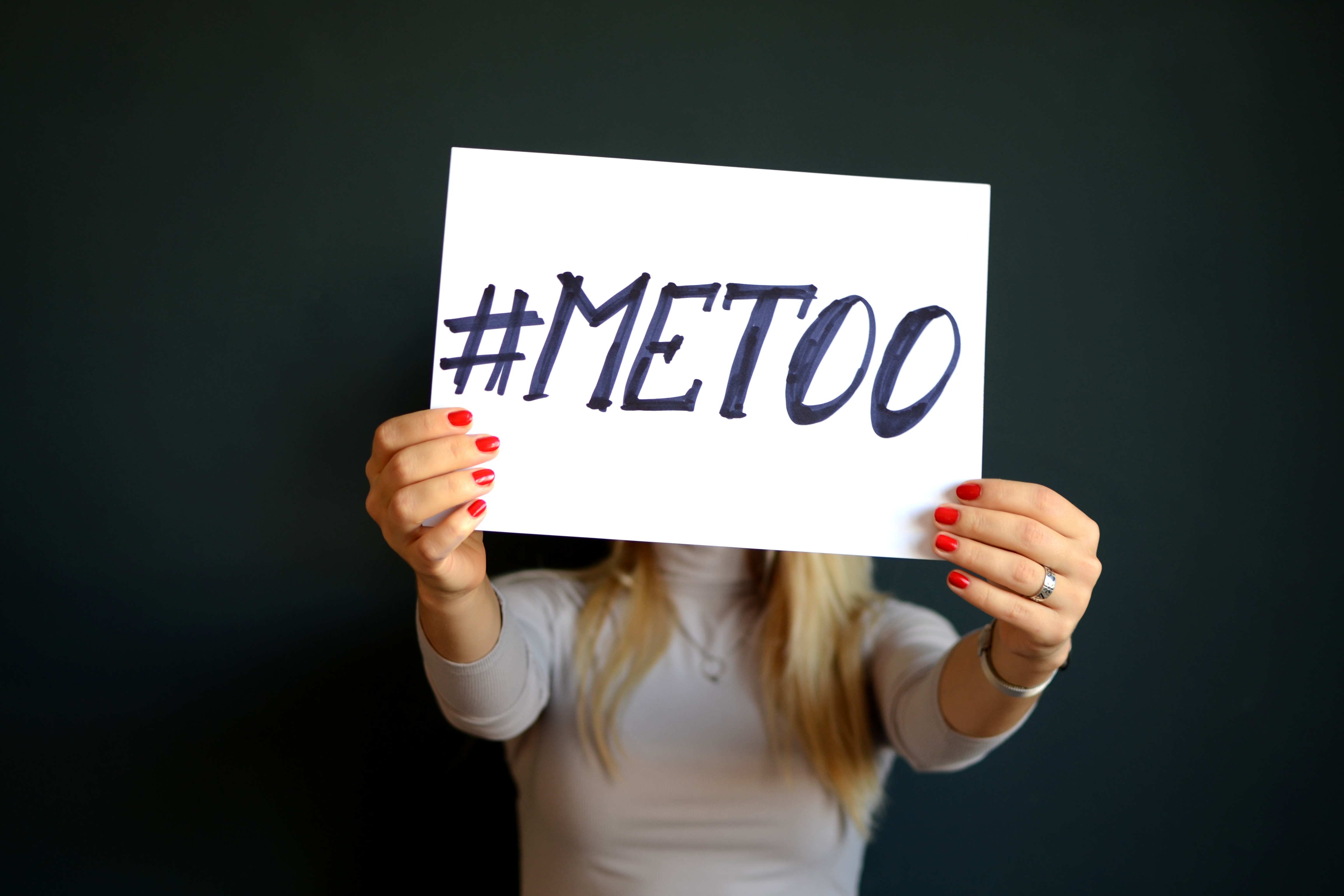
[content warning: Although it contains no overt or graphic details of bodily violence, this piece discusses various aspects of sexual violence, harassment, and victim blaming.]
If you’ve merely opened and scrolled through a social media feed in the past month, you’ve likely seen the hashtag #MeToo over multiple platforms. If not, allow me to offer a brief overview.
The Me Too campaign was originally started by African-American activist Tarana Burke in 2007, who founded non-profit organization Just Be Inc. in 2006. Just Be focuses on empowering young women, particularly women of colour. Burke created the Me Too initiative as a space for these women who are survivors of sexual assault, abuse or exploitation to find community and “empowerment through empathy.” From this point, women can help other women find healing, and educate others about consent and sexual assault.
What Burke started 10 years ago has recently come into the public sphere through Twitter. Major Hollywood film producer and Miramax cofounder Harvey Weinstein has been accused of sexual harassment and sexual assault by over 20 women of names big and small, prompting yet another discussion about sexual violence featuring male perpetrators and female victims. “Yet another,” I say in the context of high-profile cases (legal and not) like Dr. Luke v. Kesha; Ethan Kath v. Alice Glass; Woody Allen v. multiple women; Jian Ghomeshi v. multiple women; Donald J. Trump v. multiple women; Bill Cosby v. multiple women. And surely this list is not exhaustive.
These cases and their subsequent discussions, without fail, stir up the latent mythology about sexual violence and harassment. These myths often revolve around a “perfect victim archetype.” All people whose experiences do not fall into this archetype and its narratives are subject to skepticism, questioning and disbelief, which contribute to a culture where victims of interpersonal violence are made to take blame for provoking someone else’s actions:
“Who are you?”
“What is your relationship to the perpetrator?”
“Are you conventionally attractive ‘enough’?”
“Were you under the influence?”
“What were you wearing?”
Etcetera.
If it sounds terrible, it’s because it is terrible. The psychological effects of trauma, then compounded with self-blame, cannot be underestimated.
Responding to these discussions, Twitter users have taken up the hashtag #MeToo. This was to primarily get an idea of just how many women have been sexually harassed or assaulted. In part it also acts to dispel the myth that women lie about these experiences out of malicious, “career-ruining” intent, because as one can see from the short list above, these allegations rarely have such effect.
The campaign, with various celebrity retweeting and quote-tweeting boosting its reach, has garnered overwhelming participation, and has moved from solely Twitter to Facebook and Instagram. It has made many headlines and trending pages along the way.
At once, one can see Burke’s idea of Me Too beginning to work in a virtual capacity: #MeToo. The conversations in and around this hashtag encompass what media scholar Zizi Papacharissi calls an “affective public,” a space in which invites people to feel their way into a (usually political) conversation. The issue with virtual affective publics, however, is that they are each so unique that there is no way to predict its capacity for tangible change. As feminist scholar Jessica Valenti tweeted, “Me too. But more importantly: what now?”
Returning to Burke’s original model of Me Too is the best place to start. Clearly, the “empowerment through empathy” has been established by creating such a large forum, informal or otherwise, for survivors online. Burke’s project then details healing through the community, as well as creating resources to be available to others. These resources would involve mental and sexual health.
There’s also room for an additional step, in my opinion: stronger allyship. This should go both ways. Though this particular conversation largely revolves around white cis men and women in seemingly heterosexual encounters, these are not the only people affected by sexual violence. In fact, statistics show that racial, sexual, and gender minorities and disabled people are often subject to higher rates of sexual violence than their respective counterparts. Including these survivors in conversation harms nobody and nothing except the perfect victim archetype. Simultaneously, those not disproportionately affected by issues of sexual violence should aim to support survivors and vulnerable groups. This means more than believing survivors: it means offering genuine emotional support and calling out questionable behaviours.

